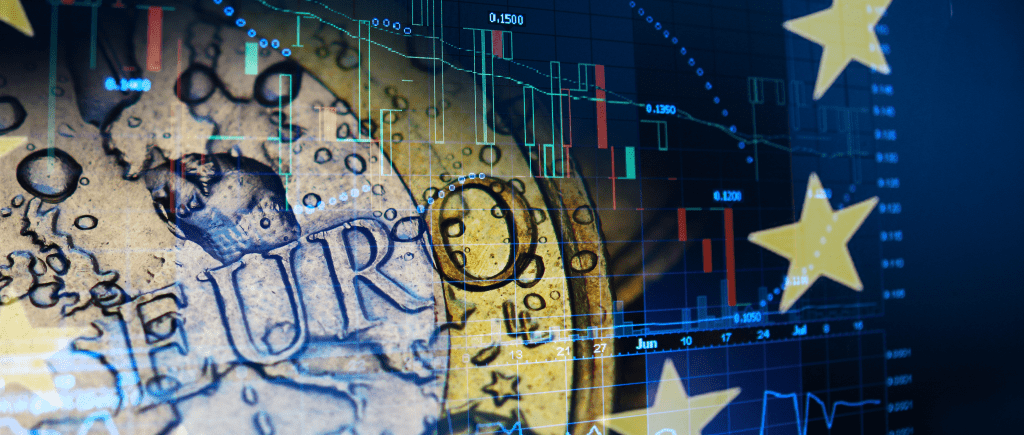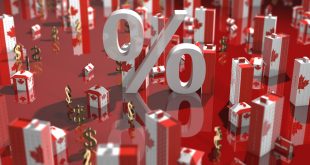The market is currently focused on the potential policy decisions of the Fed, with strategists believing that the risk of EUR/USD dropping back to 1.10 is high. Market expectations regarding a possible September rate cut from the Fed began to firm up in July, leading to the USD underperforming all other G10 currencies since then. Country-specific factors have impacted some G10 currencies, such as the BoJ hiking rates in late July and maintaining a hawkish bias since then.
In the UK, the change of government lent support to investor sentiment, while the Reserve Bank of Australia signaled that it retains a hawkish bias. For a few G10 currencies, however, it is more difficult to attribute a positive change in their fundamentals over the summer. The BoC announced back-to-back rate cuts in June and July and cut for a third time in September, while the Swedish Riksbank and the RBNZ cut rates in August.
ECB has announced the second rate cut of the cycle earlier this week and another move is widely expected before the end of the year. The latest ECB staff projections also include a downward revision to Eurozone growth. While expectations of Fed easing will keep the USD on the back foot, less than favorable Eurozone fundamentals are likely to cap upside potential for EUR/USD going forward.
In Friday’s session, the EUR/GBP pair fell slightly by 0.15% to 0.8435, showcasing a negative technical outlook. Bears continue to drive the pair lower, reinforcing the overall bearish trend while buyers continue to struggle to conquer the 20-day Simple Moving Average. The Relative Strength Index (RSI) is currently at 44, within negative territory, with a mildly declining slope, signifying weakening buying momentum.
The EUR/GBP pair has been consolidating within a narrow range for the past few trading sessions, fluctuating between 0.8425 and 0.8450. If the pair manages to break below the immediate support level of 0.8425, it could potentially target 0.8410 and 0.8400. Conversely, a break above 0.8450 (20-day SMA) could open up further upside potential above 0.8470.
The US Fed is expected to cut rates for the first time in over four years next week, following a slowdown in inflation to 2.5 percent in August. The Bank of England also cut rates last month for the first time since early 2020. However, interest rates are still far away from the neutral rate, which neither boosts nor restricts the economy. In the Eurozone, inflation averaged 2.2% in the year through August, down from 2.6% the previous month. Despite lower energy prices and slower price growth for industrial goods, services inflation accelerated, an uncomfortable trend for central bank officials.
Policymakers have said that inflation is evolving as they expect, with inflation forecast to slow to the bank’s 2 percent target by the end of 2025. Investors are betting that the central bank will cut rates again in December, though some moderately increased bets for a rate cut at the bank’s next meeting in October. Carsten Brzeski, an economist at ING Bank, wrote in an analyst note that a weakening Eurozone growth outlook should trigger more aggressive rate cuts.
As interest rates begin to come down, few economists expect a return to the ultralow rates from before the pandemic. Analysts predict that cuts might stop when rates reach somewhere between 2 percent and 2.5 percent, but ECB officials have said they are likely to know what it is only when they reach it.
As central bankers grapple with how to return inflation to low and steady levels in the long term, many European lawmakers and other officials are considering Mario Draghi’s report into Europe’s competitiveness, which warned that Europe was lagging behind the United States and China and needed nearly $900 billion in public investment into sectors like technology and defense. ECB policymakers have warned for a long time that there were limits to the extent that monetary policy could support the economy. ECB policymakers also have emphasized the need for structural reforms to support the economy.

 Noor Trends News, Technical Analysis, Educational Tools and Recommendations
Noor Trends News, Technical Analysis, Educational Tools and Recommendations




